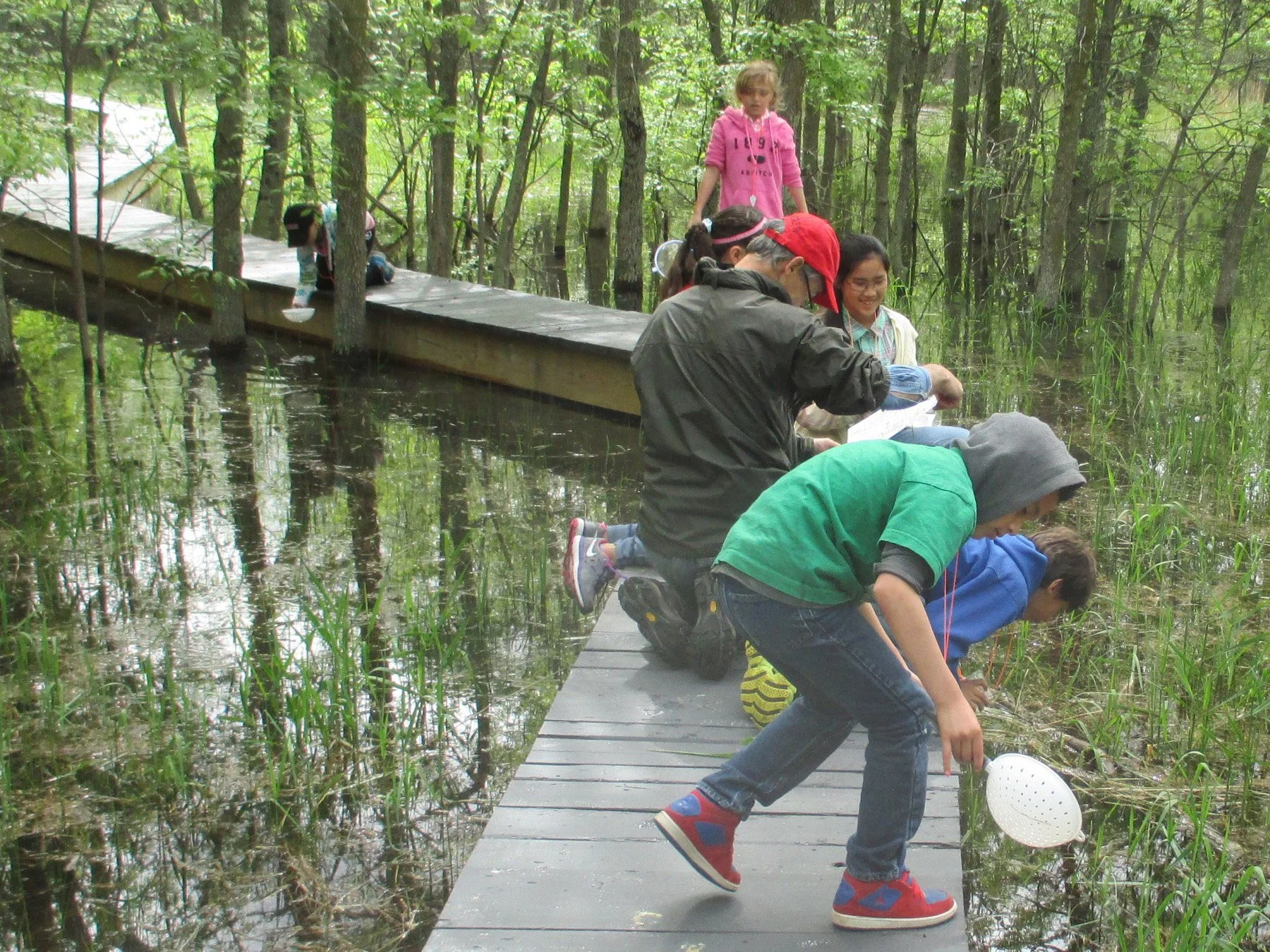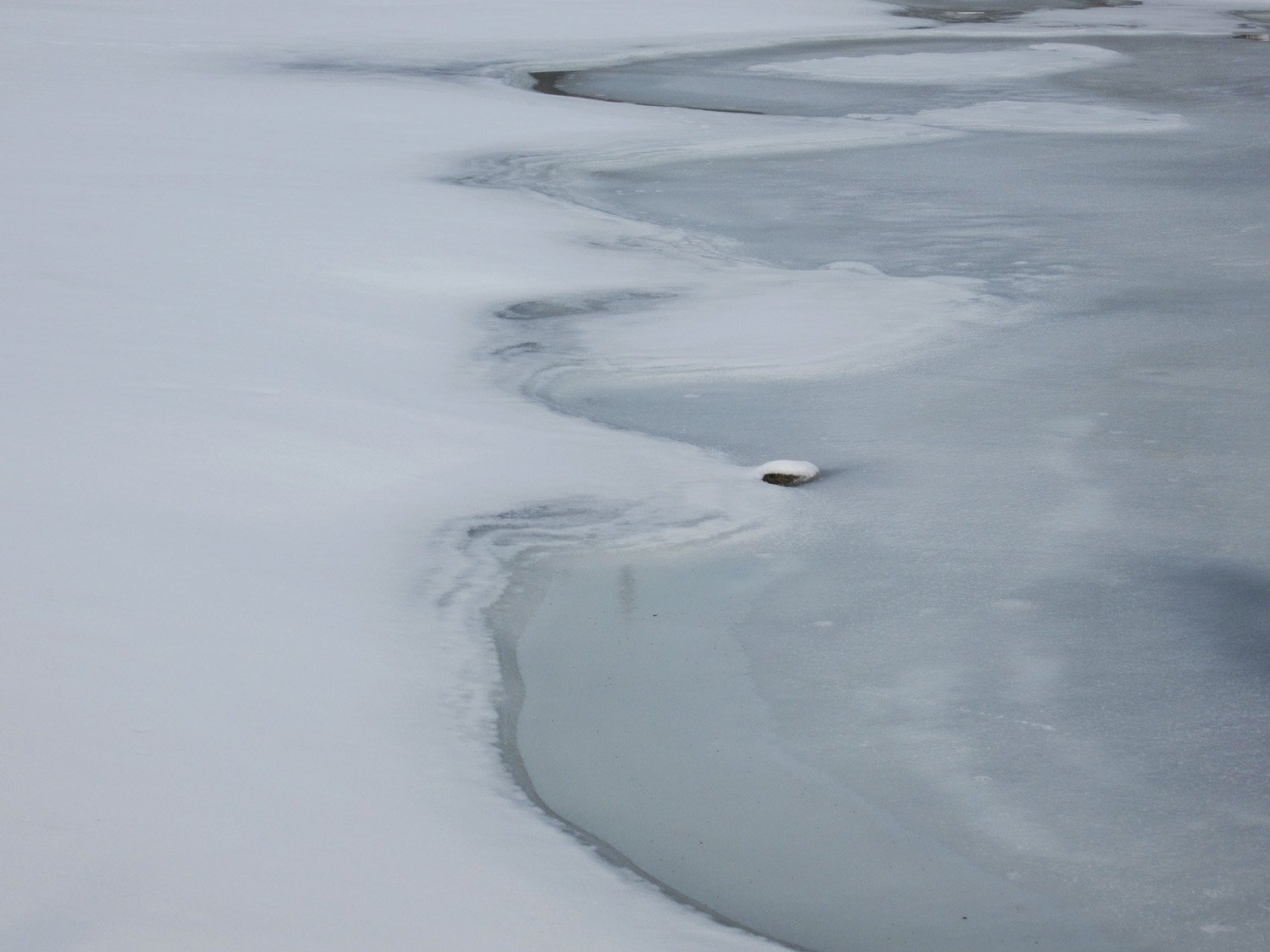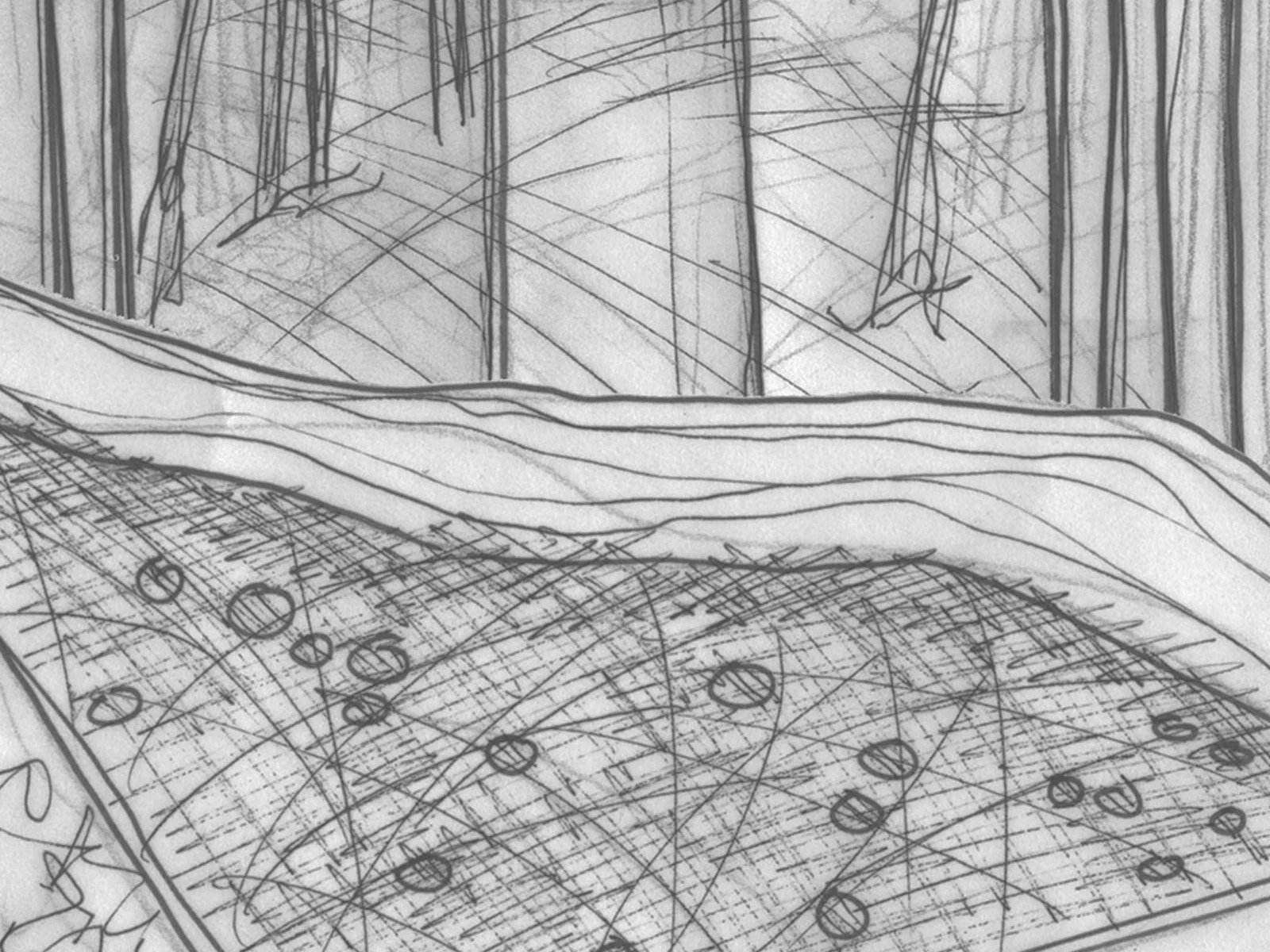Caring
It's been a very tough few years losing wetlands and public lands locally and in the state. And now, in the last year, federally too. Heartbreaking. All of our work projects are focused on protecting remaining wetlands, and our spare time too. This whole notion that wetlands can be effectively 'relocated' is a false one. It's like 'relocating' a mountain. The dismissing and undermining of science is a tragedy. When the things we care so deeply about, and that affect so many people, are continually undermined, it affects many aspects of our life. It is really good to be working together so closely with others who understand and care.
Adding Protected Wetlands
December 2017 Press Release. "It is especially timely to protect these wetlands given the Wisconsin legislature's contemplated bill that would remove all protections from wetlands just like these," said Dan Collins. "The capacity of these wetlands to reduce flood damage along with their connected ecological benefits should be protected. Thankfully the Door County Land Trust is here to help."
Big Bird Day
Big Bird Day for Dan Collins 01 April 2017 - sighted and documented American Bittern at Bay Shore Blufflands!! First of year in all Wisconsin! Hanging out in our restored sedge meadow! A once in a lifetime experience.
Do-It-Yourself Postcards
Do-It-Yourself Postcards for Science Advocacy. Stand for Science with us.
“In honor of our teachers, the plants”
On Wednesday at the Wisconsin Wetlands conference, Robin Wall Kimmerer signed my copy of her book, Braiding Sweetgrass, “in honor of our teachers, the plants”. Reading her book, one thing to seep in early and strong with me was that the plants are the wisest among us. It reminds me of a lesson I keep forgetting, that often the quietest people in the room are the ones most worth listening to. Or, said another way – listen; don’t speak much.
… This made me realize the teaching of the invasive exotic Phalaris (reed canary grass), in one wetland where we work. One year we really aggressively pulled it, quite successfully. We then got an unexpected and problematic algal bloom later that summer. The plant was, maybe, suggesting to us to take this incrementally. Remove a good amount at a time, but maybe not all at once. The presence of some, in the transition, helps take up excess nutrients, while waiting for the still-present native plants to reclaim their own abundance. Let the balancing act be in concert with our steps to control the invasive species.
Pitch Pine’s View of the World
(My response to a class exercise prompted by Darrel Morrison, Black Rock Forest, New York, October 2015)
1830. Dear Diary: I am old enough to collect my thoughts. And it rained last night so my needles are paying attention. There is another, like me, the next rock over, that I can barely sense… but the breezes bring the pheromones, and I know. I know that the season of dryness is coming, and I try to nap through that.
1870. Dear Diary: It is nice to be tall enough to feel the full measure of the wind, most of the year. In winter it is dramatic with a frigid chill, but then I am hunkered down with antifreeze in my veins and my senses are thankfully dulled…
A Path for Art in Restoration
An art committee working to plan the Society for Ecological Restoration (SER)’s 25th anniversary world conference met in May 2013. A thoughtful discussion ensued. Can art be a partner in the unfolding process of an ecological restoration? Collaborating in the science? Collecting data? A restoration participant? We wondered if there are yet unexplored opportunities, for art and ecological restoration entangled… particularly in art that assists our work – that documents, learns, and does.
The arts have long engaged ecologists and other scientists and disciplines in collaborative work meant to explore intersections, relationships and complex ideas.
Start Anywhere
Nice essay about a way of thinking: Start Anywhere, Follow it Everywhere. And, check out this really great Doug Tallamy article, The Chickadee’s Guide to Gardening.
Ah, Matisse
It was a few days saturated and dripping with significance, and also wonderfully airy in thought and idea. The Matisse Cutouts at MoMA, a once in a lifetime experience of seeing many of his late-life things together, as they were created, in some semblance of connected thought. It is one thing to be entranced by Blue Nude II, but quite another to see four world-scattered versions side by side along with his sketchbook pages, also scattered to the four winds, where he worked it out. But this trip started with an intense desire to see Swimming Pool again, not seen by me (or almost anyone else other than restorers) for more than 20 years. Entrancing. And that he made it for himself. This is something I noticed this time. I like the things he made for himself. To enrich his own spaces, his environment. Freer in how they were both conceived and carried out, maybe. I am paying attention to all the under-sketching and use of black. Three times to see Matisse. But then so much more –
Meaningful species as we work
For the Society for Ecological Restoration’s 5th World Conference last year in Wisconsin, to help with conference wayfinding graphics, I chose a few representative and memorable species commonly associated with ecological restoration in Wisconsin – in prairies, wetlands, or woodlands – and wrote the following 15-20 word descriptions. It was fun to think of individual species that come to mind when thinking of restoration work here, and what they mean to us in our work.
… Eastern gray tree frog (Hyla versicolor), arboreal; a flash of yellow on hind legs seen when jumping. Conversational calls keep wetland restorationists company.
Design to Music
Nancy and Darrel design to music video, from New Directions in the American Landscape conference.
Missing the Small Magic of Water
One loss we have in urban neighborhoods is the ‘small magic’ of water – we no longer see little streams; they run underground in pipes; we no longer see little wetlands and ephemeral wetlands; they are filled. When our only visible water is the big rivers and the Great Lake, we have lessened our opportunities for intimate connections to water, and the sense of stewardship such intimate relationships often engender.
This Place and Time
As the sandhill cranes fly and talk overhead, and the snow melts underfoot, I know just where and when I am. Wendell Berry: “You don’t know who you are until you know where you are”; Thomas Berry: “Everywhere on earth, life is established on a functional community basis”. When thinking about our role in making landscapes, repairing them, restoring them… we strive toward ecological function, health, wholeness, sense of place, and the marking of time and season.
Swamp Friends
Quoting the artist Patricia Johanson in Art and Survival (2006), writing about her project Endangered Garden: “This fusion of form, function, and ecological system that I want the visitor to discover, and its pervasiveness from microcosm to macrocosm, often lies along a mucky path. I believe such unfolding relationships require individual wanderings, the considered pause, and knowledge acquired over time…”.
Here’s to friends human, floral, and faunal, with feathers and with scales and with bites taken, and time along mucky paths.
Wild[er]ness, or It's still only gardening
I was in a field class recently. During a break with another student, a research professor, I shared details about my ecological restoration work. He responded with interest, but finally said, “It’s still only gardening, isn’t it?”.
His comment seems to suggest a lesser valuing of ecological restoration, alluding to gardening in the sense of dabbling, of artifice, of not the real thing (not real nature).
This is something I encounter regularly, and is often discussed in the fields of restoration and environmental philosophy. It is part of the trouble with wilderness. It is shown by the wonderful field ecologist who waxes poetic about the wild places in which they work, but at home grows only lawn and daffodils. It is shown in the valuing of the far-away over the next-door. It prefers the [fragile] intact, over the functional recovering, landscape.



















![Wild[er]ness, or It's still only gardening](https://images.squarespace-cdn.com/content/v1/6306943be07de601a840e90a/1661900127499-6YBLOORXVWIV6N0SYD5G/IMG_0311-penthorum.jpg)